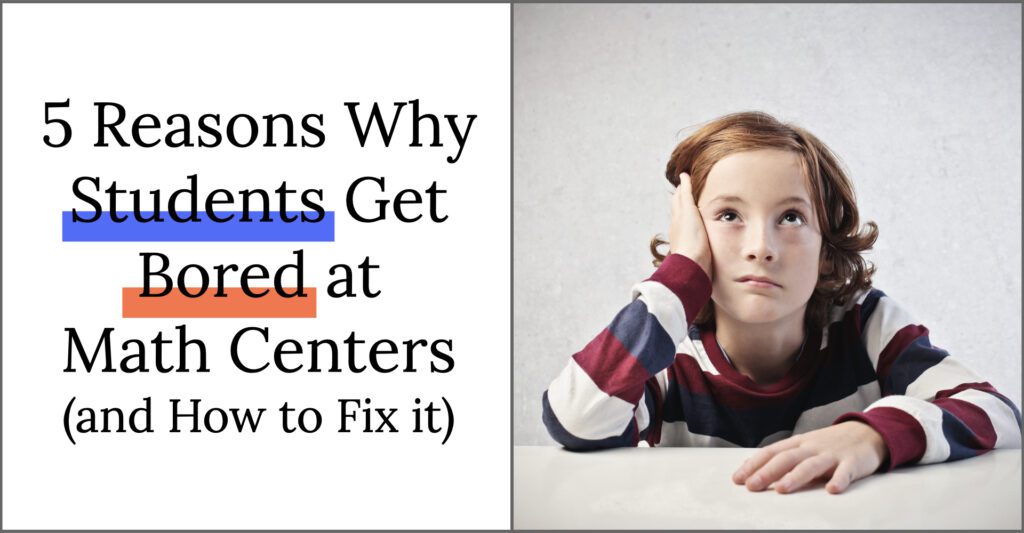
Ever had a student who is bored at their math center? I have! More than once… actually lots of times. I want my students actively engaged in their learning, so being bored is something I always work to fix.
Not to mention that when students are bored at their math centers, it often leads to being off task and exhibiting those distracting behaviors we all know too well, which disrupts both their learning and that of their classmates.
To fix the problem, it’s important to understand WHY students are bored. The root of boredom can stem from a variety of issues, which I’m going to break down for you today. Here are the top 5 reasons I’ve found students to be bored during their math centers in my classroom:
The Work is Too Challenging
When students are working beyond their understanding, it’s hard for them to engage. Being dyslexic myself, I know from personal experience how frustrating it can be as a student to try and engage with independent work that I don’t understand. My teacher often wasn’t available to support me, and so, more times than not, I was stuck.
I didn’t want to ask a friend, because I was often embarrassed that I couldn’t do what my friends were doing. That left me to try and figure it out on my own, which rarely improved the situation. After a while, I would get distracted. Sometimes this was an internal distraction and only affected my learning. Other times it became more external and began disrupting my peers as well.
How do we fix the problem and help students actively engage in their work? We need to make sure that we are targeting independent work to meet our students where they are. Their center work should be an extension of the work they are doing in small groups, something they have had exposure to, AND something they have had success with already.
This way, students are not trying to make sense of new material, but instead working to internalize and master familiar content. By ensuring their work is targeted and at their level of current understanding, we are increasing their engagement level, boosting their confidence, and supporting our own classroom management at the same time. #WINWIN
The Work is Not Challenging Enough
We just talked about what happens when we expect students to work independently beyond their level of understanding. Often, we see the same boredom (and resulting behaviors) when the work is not challenging enough! Meeting students where they are is important no matter where they are in their level of understanding.
When we have students who have shown mastery of a topic, we need to find ways to enrich them and push their thinking. This doesn’t necessarily mean if a student is showing mastery of their addition facts that I am going to introduce them to multiplication. No, this is not about pushing them ahead faster. It’s about offering ways for them to go deeper.
I find that many students who are quicker to understand and internalize math concepts often struggle with “not knowing the answer”. This is likely because they don’t have as much experience with the productive struggle, and haven’t developed as many coping strategies. Just right math centers are a wonderful way to encourage digging into a challenge. These centers allow my students the time and space to feel comfortable with not knowing the answer right away, building frustration tolerance and perseverance.
I like to present this highly targeted work in a number of ways, but almost all my centers ask students to take the math they’ve learned and apply it in different ways. Whether that’s with logic puzzles, real world scenarios, or STEM challenges, I love to see how my students do as they work within the content to deepen their understanding.
They Don’t Understand the Directions
As silly as it seems, this is often the culprit. This is different from when we are providing work beyond a student’s understanding. Here I am talking about when a student understands the content, but not what is being asked of them regarding a specific task.
This used to be a much bigger issue for me when I was constantly introducing new centers to my students. I thought that new centers would lead to higher engagement, but I was actually quite wrong.
The truth is that the engagement level in my classroom increased (as did my classroom management skills) when I started using consistent centers. What does that mean? It means that I often used the same games/activities throughout the year, but I just switched out the content. Creating this level of structure and consistency in my center routine ensured that my students were always focused on the math content, instead of trying to figure out the center itself.
Center Time is Too Short or Too Long
Sometimes the reasons our students get bored is rooted in how we structure our math block. In my earlier years of running math centers, I made the mistake of thinking that the more centers my students went through, the better. Well, I was WAY off. Turns out it’s a (very) bad idea to deprive students of the time they need to transition, get settled, and engage deeply with the content. Whoops! Students NEED time at their centers to make them meaningful. When centers are too short, students disengage and we lose powerful opportunities for them to practice necessary skills.
Sometimes we go too in the opposite direction, and get the same result: boredom. Depending on the time of year and task, students’ ability to remain actively engaged in a center can vary. It’s important that we keep a pulse on that window. I typically start the year (and sometimes after breaks) with shorter increments , and then increase the time slowly over the next few weeks as their endurance increases.
There is Not Enough Choice
I’ve mentioned it before, but choice has been one of the top ways I’ve avoided boredom and increased engagement in my math centers. While I have loved the results, I’ll be honest and say that letting go over control was hard for me. However, once I got over that personal hurdle, I can say it was soooooooo worth it!
Choice doesn’t have to be a free for all! Most of the time, I’m referring to a “forced choice”. This means that I offer two or three activities and the student chooses the one they wish to focus on during that center. It could be that they choose from three different journal prompts, or from two different games. The important thing is that I still have control over the choices offered, but they are getting SOME say in the work they engage in.
I don’t offer choice in EVERY part of their math block. However, I have found that when I do offer choice, boredom is a thing of the past, and student engagement is higher than ever. Choice allows my students to take charge of their learning, which is both empowering and incredibly motivating.
I hope this deep look into the potential causes of boredom during math centers has been helpful. When we know the why, it is so much easier to make effective changes!
Are you looking to learn EVEN more about running a successful Math Workshop?
Be sure to get on the waitlist for my online professional development course called Guided Math Academy.
Guided Math Academy is an interactive six-week course for teachers who want to learn how to teach ALL their students WITHOUT adding hours of prep! It includes a step-by-step blueprint, Q&A sessions, and incredible bonuses to help you AND your students.
This course opens every June. Be sure to get on the waitlist so you don’t miss out!

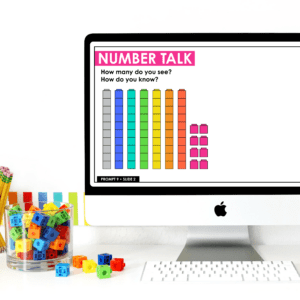
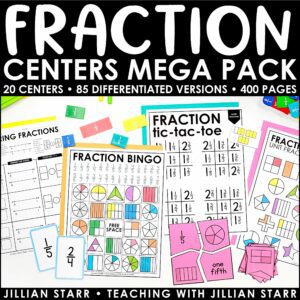
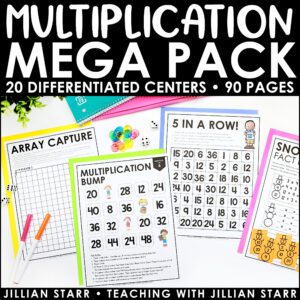
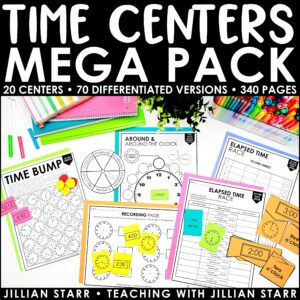
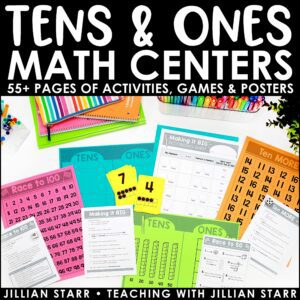





The summer math menu is fantastic, I like it very much.